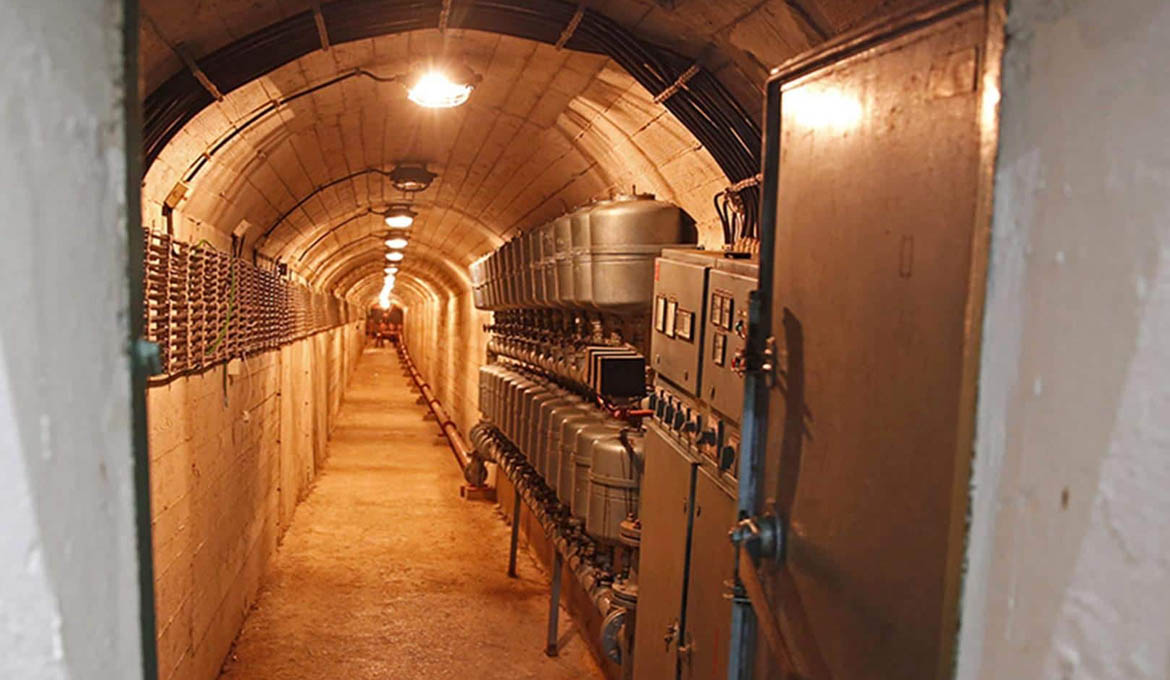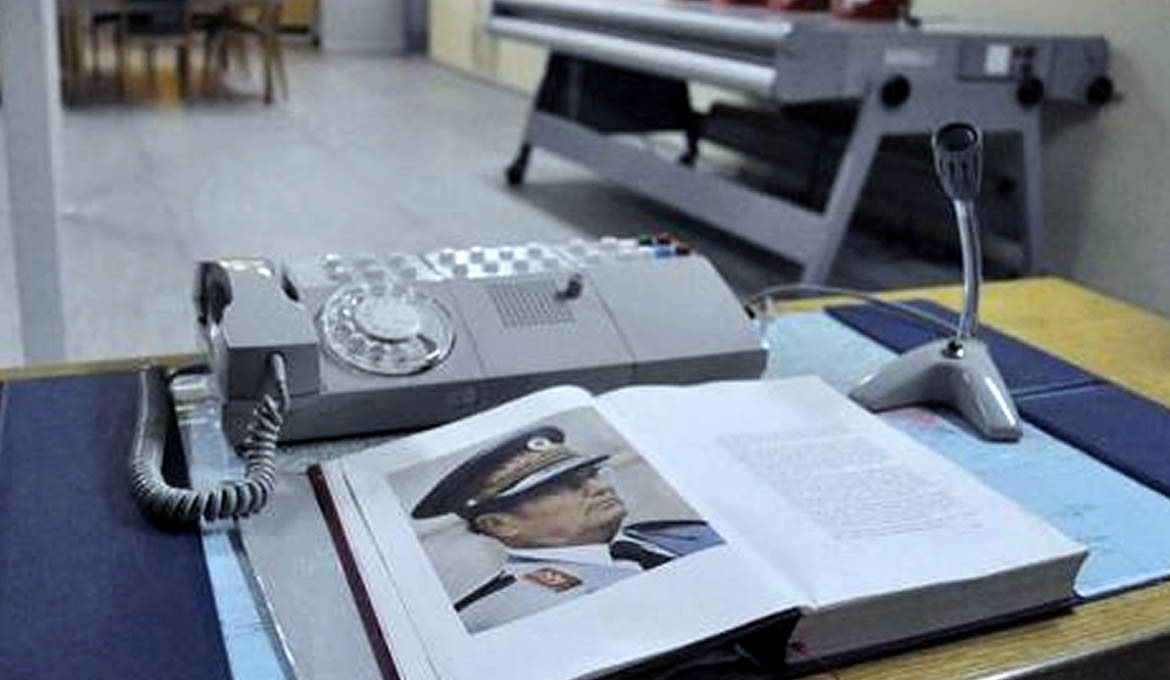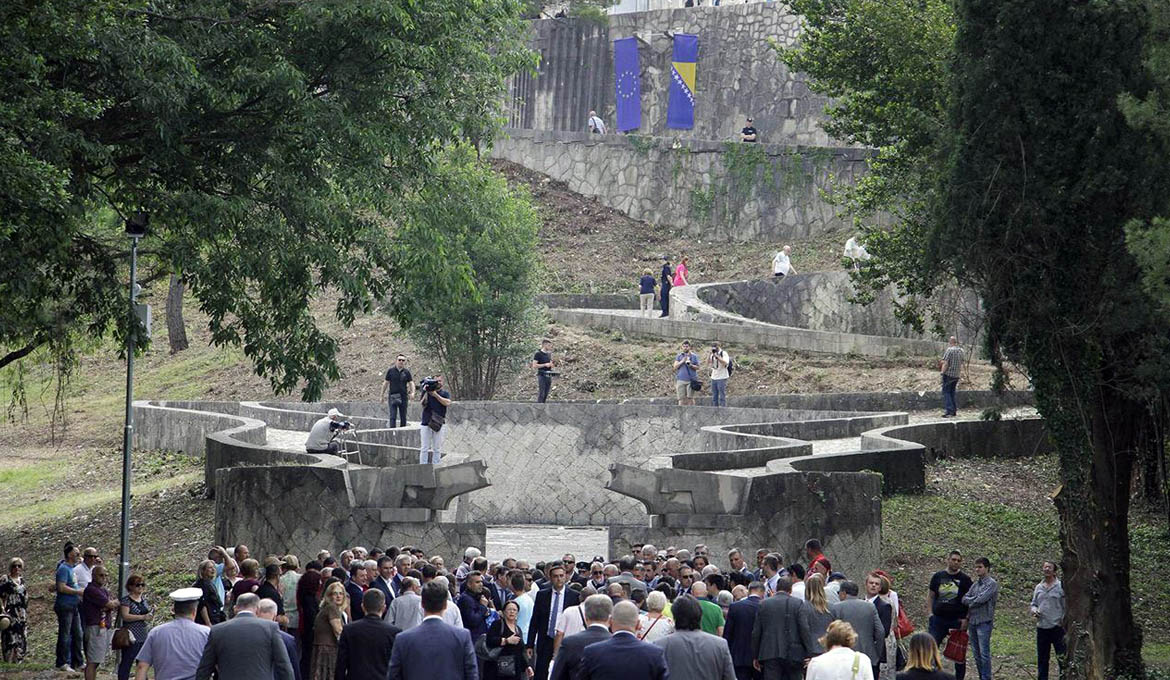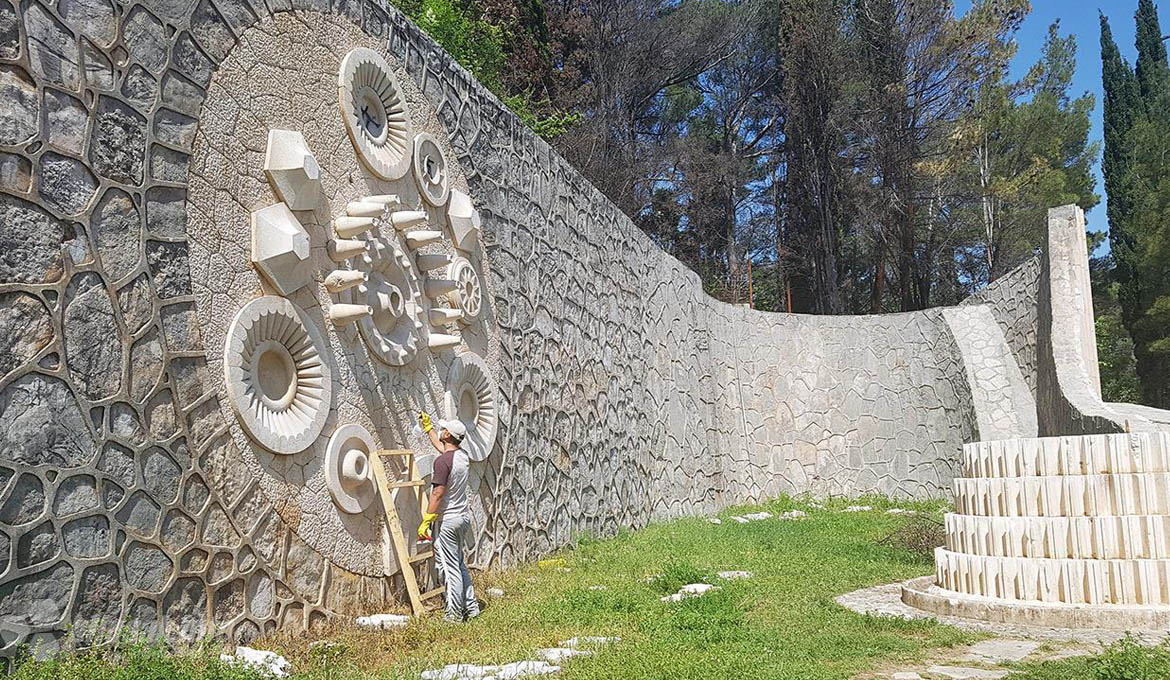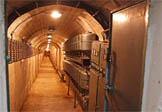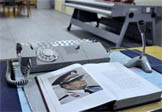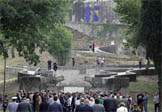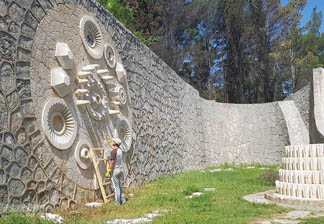Remaining of WW2 - TITOs path of revolution
The attack of the Third Reich and Italy on the Kingdom of Yugoslavia began in April 1941. Yugoslavia capitulated shortly, in less than a few weeks.
The Communist movement under the leadership of Josip Broz Tito, an ordinary carpenter by vocation, but a very strong and intelligent person, as a member of the Communist party appointed by the Communist International, decided for the armed resistance against the occupying forces and their domestic allies. Following such a course, the Communist leadership recognized the possibility for seizure of power in the country gaining support of many people that time, to form a new army. Unfortunately, the mass rebellion of Tito's Communist Army in Serbia and Montenegro was broken down till the end of the year by the powerful German and Italian offensive with the help of Serbian Fascists and Chetniks. The Communist Partisans were cut down from about 50,000 soldiers to 4,500 fighters and expelled out of Serbia. The war continued with the greatest intensity on the territories of Bosnia and Herzegovina. The year 1943 was crucial period for creating Bosnia as well as whole Yugoslavia in the next half a century, as in this year the supreme partisan political body AVNOJ, declared in Jajce amongst others that Yugoslavia will be a federal state union of nations having equal rights, including Bosnia and Herzegovina and assigning Tito the titular Marshal of Yugoslavia.
Being the centre of the former country Yugoslavia, the greatest and biggest battles of that period where fought here. Considering that, out of 7 mayor Axis military operations undertaken during the Ward War II on the territory of Yugoslavia, 5 took place in Bosnia and Herzegovina, will tell you the importance of this part of Europe and its people living here. The war ended with the capitulation of Germany and Japan in 1945.
These facts are historically recorded and even but on movie canvas, such as the great “Walter defending Sarajevo”, “ Igmans march” “Case white - the battle for the wounded”.
- Every day at 9am
- Local guide included
- Entrance fees excluded
- Minimum 2 persons
- Jablanica Case White
- The Secret Project D-O Ark “Titos Bunker”
- Mostar Old bridge and old town
- The Partisan memorial Cemetery
Today the spirit of the partisan and their honourable main goal, of peace and fight for coexistence as well as independency is still alive. History and monuments are silent witnesses of that time and period.
Sarajevo is the capital of Bosnia and Herzegovina today. In 1945 the last operation called operation Sarajevo, was a battle between the Yugoslav Army on the one hand, and the strong army of the German Vermaht, reinforced by subordinate Kremlin forces on the other. What marked this time is, above all, the military supremacy of the occupier but also, of the forces of united people in the struggle against all of them, simply and clearly shown in the movie "Walter defending Sarajevo", where the officer of the German army asked where Walter is, he responded, pointing to the city of Sarajevo: This is Sarajevo!
Sarajevo city walking tour, to the old town Baščaršija, Gazi -bey mosque, Clock tower (museum Walter brani Sarajevo), The Eternal flame a memorial to the military and civilian victims of the Second World War in Sarajevo.
Jablanica Case White
Case White (German: Fall Weiss), also known as the Fourth Enemy Offensive Četvrta neprijateljska ofenziva/ofanziva) was a combined Axis strategic offensive launched against the Yugoslav Partisans throughout occupied Yugoslavia during World War II. It was one of the most significant confrontations of World War II in Yugoslavia. The offensive took place in early 1943, between 20 January[5][6] and mid-to-late March.[7] The Axis operation prompted the Partisan Supreme Command to enact its plans to drive toward eastern Herzegovina, Sandžak and Montenegro.[8] In order to do this, Tito formed the so-called Main Operational Group, which eventually succeeded in forcing its way across the Neretva in mid-March 1943, after a series of battles with various hostile formations. Other Partisan formations, the 1st Croatian and 1st Bosnian Corps, managed to evade Axis blows and, despite significant losses, reclaim most of the territory they had held before the beginning of the operation. Since its final stage took place on the Neretva River, the operation was known in Yugoslavia as the Battle of the Neretva (Bitka na Neretvi). This stage is also known as the Battle for the Wounded (Bitka za ranjenike)
The Secret Project D-O Ark “Titos Bunker”
The Best Kept Secret of SFR Yugoslavia, facility D-0, with the code name “Istanbul” and later nicknames “Army’s Reserve Command”, “Atomic War Command” and “Tito’s bunker”, was built in complete secrecy over the course of 26 years – between 1953 and 1979. The construction costs amounted to 4.6 billion US dollars, which would today equal to more than 10 billion US dollars. Located near the town of Konjic in Bosnia and Herzegovina, is known as the third biggest investment of the former Socialist Federal Republic of Yugoslavia. The core purpose of the Object D-0 ARK was to take in, accommodate and protect Yugoslav President Josip Broz Tito and members of Headquarters of the Supreme Command, the Presidency and the Government of Yugoslavia, and enable their successful management and command over the armed forces in case of country crisis and nuclear warfare.
The object occupies a space of approximately 6.400 square meters with its lowest point at 280 meters below ground, and is made up of 12 connected blocks in which one may find residential areas, conference rooms, offices, strategic planning rooms, and other areas. The object is divided into 3 major parts: 1. Outer area (above-ground) which consists of 3 buildings resembling weekend cottages to provide camouflage for the three entrances into the object, 2. Tunnels connecting the outer and the protected part of the object, to amortize a nuclear strike 3. Protected area of the object, where 21 systems were built to technically support the object. The capacity of the protected area of the object “ARK” can accommodate 350 persons for a long time and give them protection from a nuclear strike of 25 kilotons, while offering optimal life and work conditions by maintaining the constant air temperature of 21 to 23 Celsius degrees and relative air humidity of 50 to 60 pro-mills.
Reveal the best kept secret of SFR Yugoslavia: enter the world of characters who had once ruled over the world and who had never once thought that their castles and portraits, uniforms and service ware, would cease to be secrets, become public goods and end up on lists of historical and cultural heritage for some new civilizations!
Mostar Old bridge, old town and the Partisan memorial Cemetery
The Partisan Memorial Cemetery is located in Mostar is over viewing the whole city. It was built in 1960 for 5 years in memory and honour of the Yugoslav Partisans of Mostar who were killed during World War II in Yugoslavia, and opened for visitors by Tito himself. The Centre was designed and build by a famous architecture Bogdan Bogdanović and represents not only death as such, but celebrates life, the Universe as one, source of life in water, battles fought for freedom, engraved names of partisans in tombstones of a white stone – similar to the one the Old Brigde in Mostar was made of, and many more one can read for itself…
